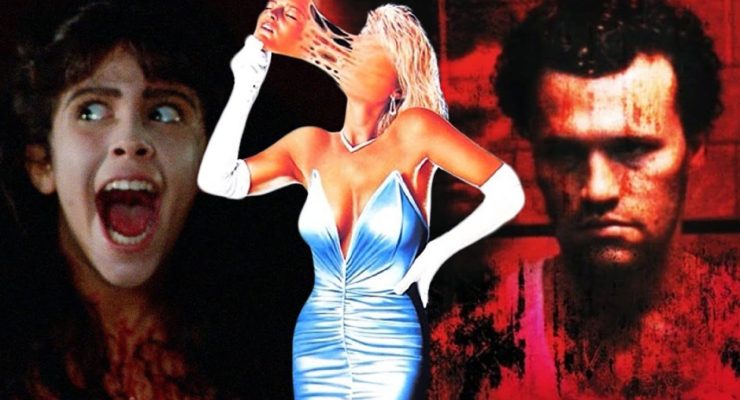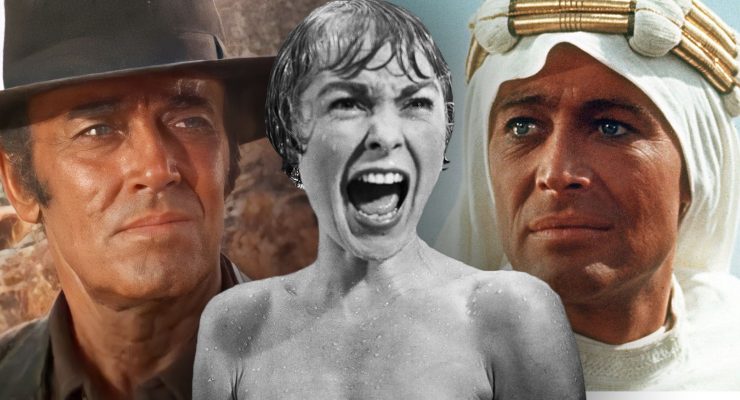Anne with an E, based on the popular Lucy Maud Montgomery novel Anne of Green Gables, recently premiered on Netflix with some initial hesitation from critics, which stemmed from the uncertainness of how the famous tale was going to be reimagined. Once critics and fans had a chance to indulge in the entire season of Moira Walley-Beckett’s version, now with a rating of 86% on Rotten Tomatoes, they understood that she was just trying to tell her version from the subtext of the novel, more in between the lines. Vanity Fair went on to say, “The interplay between Anne’s dark and light sides makes for a fascinating update.” Assisting Moira in successfully bringing this adaptation to life were Toronto based composers Amin Bhatia and Ari Posner, whom describe their score for the show as Maritime/Celtic on one hand but classical and dramatic on the other. We decided to speak with Bhatia and Posner about musically bringing this beloved Canadian tale to the small screen and what their process was like.
Did you end up with a specific sonic palette to continually draw from for Anne with an E, or did the sound of the show simply keep evolving and expanding as you continued working on it?
We started with a particular sonic palette but as each episode completed editing, everyone in post-production would refine and develop styles and ideas that would extend that palette in all areas: music, sound design, dialogue and mixing.
Did you all work with the Anne with an E sound designers at all? If so, what was your relationship/interaction like?
The show is very intimate and organic. It takes a lot of care and coordination of music, sound effects, dialogue and mixing to support the story without getting in the way of it or of each other. So yes, we were all in constant communication and we all worked together deciding who covers what and when. The famed team Sound Dogs handled the sound design aspects and they were literally down the hall from our studios. Between them and Technicolor’s re-recording mixers Alan DeGraaf and Tom Murray, we all worked together in “building the barn.”
What was the most challenging scene in season 1 for you all to score and why?
AMIN – It’s never the one you expect. Some cues you feel will be a challenge and they come together easier than you thought. But others prove to need several rewrites till it works. A scene where Matthew goes to town to buy Anne a dress inspired me to write a waltz for piano and fiddle but repeated tries were just not “masculine” enough for the scene. I had written the cue for Anne when it should have been for Matthew. Finally I had to abandon it and go with French Horn using flute as a small counter-melody. Even then I had too many layers going and we were running out of time. Huge thanks to mixer Alan DeGraaf for helping simplify it by carving out the basic elements and muting others in the final mix. Again proving the old adage that “less is more”.
ARI – I did many rewrites on a sequence where Matthew brings back a new dress for Anne and she walks into her room and sees it for the first time. The showrunner described it to me as if Anne were seeing the sun for the first time in her life…she has never received a gift even remotely as beautiful as this. It was quite a long sequence and I kept taking it to a more touching emotive place rather than joyous…I’m not quite sure why…it was just instinctual. In the end I pulled it all apart and improvised a piano sketch that covered most of the scene. Then with some tweaking and the addition of strings and tin whistle, the cue finally took shape…and just in time too!
What is great about your score is sometimes it is very minimal, yet powerful. Like in episode 2 when Anne arrives back to the house and walking upstairs looking at everything. Was your initial strategy that less is more or did it just end up working out this way?
This was definitely the kind of show where less is more. In many cues the rewrite would be to take out the countermelody or simplify the number of instruments playing at the same time. That particular scene for Anne arriving has motifs and textures from both of us. As Anne walks back into the house music is very solemn with some Celtic overtones, then when she goes upstairs and sees her room we change the music to a more magical ephemeral texture for her sense of wonder.
What would you say the main benefit is to having two composers scoring Anne with an E?
First there’s a practical benefit in that there are two of us to handle the show’s deadlines. We divide up the music workload by storyline and we each handle different parts of the organizational aspects, like meetings, scheduling and emails. When one is deep in writing cues, the other deals with emails and organizing things with production.
Secondly there’s a musical benefit in that each of us have a different style of writing but we overlap in our love for orchestral music and melody. So we’re constantly challenging each other with new themes and progressions that can be passed back and forth for development and variation. It keeps the bar high!
What’s the most important element of your studio? What’s your favorite instrument (real or virtual) to reach for?
It’s not any particular instrument. The most important element is the organization. You have to sort out the palette of instruments to use (and not use) in your computer and you have to ensure you have the right players for the real instruments. Then it all needs to be clear in your mind so that as you are composing and playing all the parts, you know every sound or player needed to write and can orchestrate the cues quickly.
Can you remember the first tv show you saw or the first moment where you actually recognized a show’s score?
ARI – As a kid I was quite captured by the songs and score to Mary Poppins and The Wizard of Oz. Of course, it was the songs I noticed first, but because the melodies were also woven into the fabric of the underscore, I started to take notice of the less obvious music as well.
AMIN – When I was eleven years old I snuck downstairs to watch the TV premiere of Planet of the Apes while my parents were asleep. They we concerned it was too scary for me and they were right. I had nightmares for weeks about apes invading our house…but I was also banging away on the family piano trying to figure out all the motifs from Jerry Goldsmith’s amazing score.
Learn more about the composers here: http://aminbhatia.com/ http://www.arimusic.com/
Photo credit: Scott Murdoch










